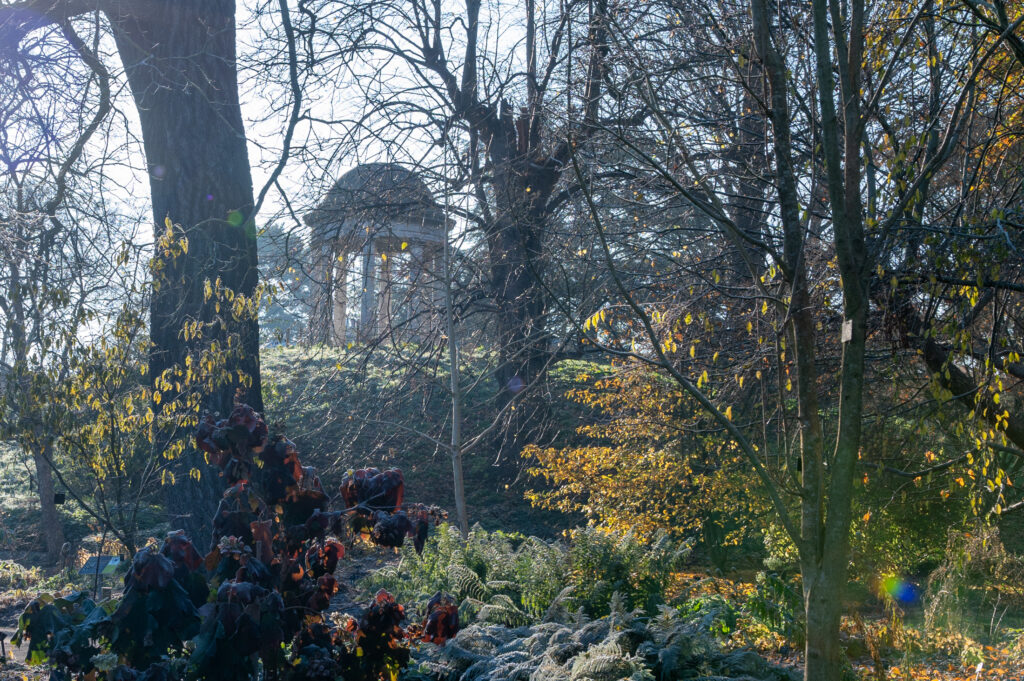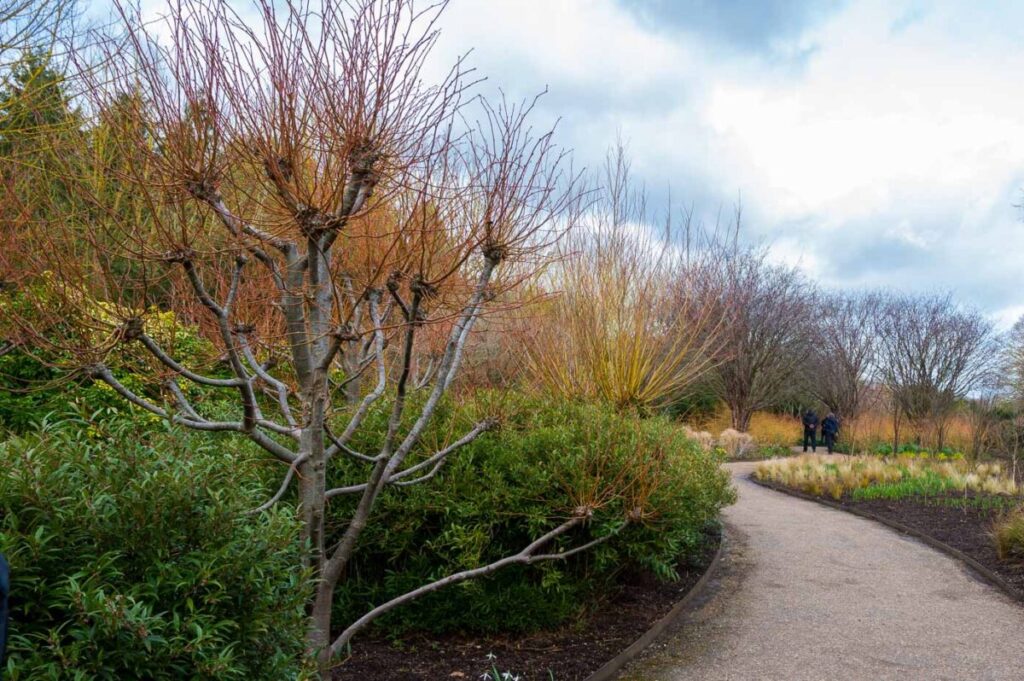Cool Gardens - the pleasure of off-peak

Gardeners and garden designers often talk about extending the season of interest in the garden and for the most part we’re usually referring to plants – great plants for winter interest or autumn colour, for instance, but this time around I thought we’d look at ways of making the garden a lovely place to be beyond those balmy summer days. We’ve actually met people that don’t venture into their gardens at all from the point that the temperatures drop in the autumn until it rises again with those first sunny days of springtime, and for us, that’s way too long to be avoiding your garden! So, here are our top 4 things to think about, that if tackled, might just entice you back out into your autumn, winter and early spring garden again…
Comfort
We all love a bit of comfort but if we’re going to enjoy some throughout the cooler, wetter months then our comfort needs to be practical. Opt for furniture that can be left out in all weathers and/or design in some incidental, all weather sitting stops so that finding somewhere to sit doesn’t become a job in itself. For extra comfort choose cushions that are covered in weather proof fabrics and/or store them either in the seats that they belong to or in close proximity to them. The trick is to make the act of sitting comfortably as quick and easy as possible – if we have to work too hard at it we tend not to do it at all…
Shelter
If you have the room for one, a permanent structure will lend itself better for all year use; think gazebo type – with a roof and open sides – like in our image of Kew, here (although most domestic gardens opt for timber alternatives) - but shelter can be provided in many ways. The rain shadow of evergreen trees for instance may be all you need or the windbreak afforded by some dense border planting can make a cosy, inviting corner; even the meeting point of two fences with a bit of strategic planting can make an inviting sheltered spot. Suit the shelter to your style of garden and its environment and position it for optimal benefit and use. Anchor it by planting around it and leading pathways to it and if you’re designing your garden get that structure into your plan first so that it beds into your overall design.
Warmth
Of course for off-peak garden visitation we recommend wrapping up warm before you set foot outside of the house but to make a real event of it warmth is where it’s at! South facing walls will be naturally warmer than other aspects but for extra oomph you can’t beat a fire and for the real thing there’s a dizzying array of possibilities from corten steel fire pits to brick built outdoor fireplaces and clay or metal chimineas and log burners to suit any style. Fire pits look brilliant but if your site is even vaguely windy chimineas and fireplaces deal with smoke much more effectively. Check the eco-standards of wood burning options before buying though; the Government is cracking down on them! If you love flames but don’t want everything that goes with burning a real fire consider gel or bioethanol fires and if you just want heat without the flames gas and electric patio heaters come in many shapes and sizes including floor standing, ceiling rigged and table topping (electric heaters are generally more versatile and eco friendly than gas).
Ambience
Ambience is what will make your outdoor space one that you want to spend time in. Shelter, comfort, warmth all contribute to the character and atmosphere of a place but add lights, planting, views (whether near or far) and other decorative elements to your off-peak garden and it can be transformed into a truly magical place. Sipping a hot drink, wrapped up and warm in the quiet of a frosty winter morning is just lovely – we highly recommend it!

